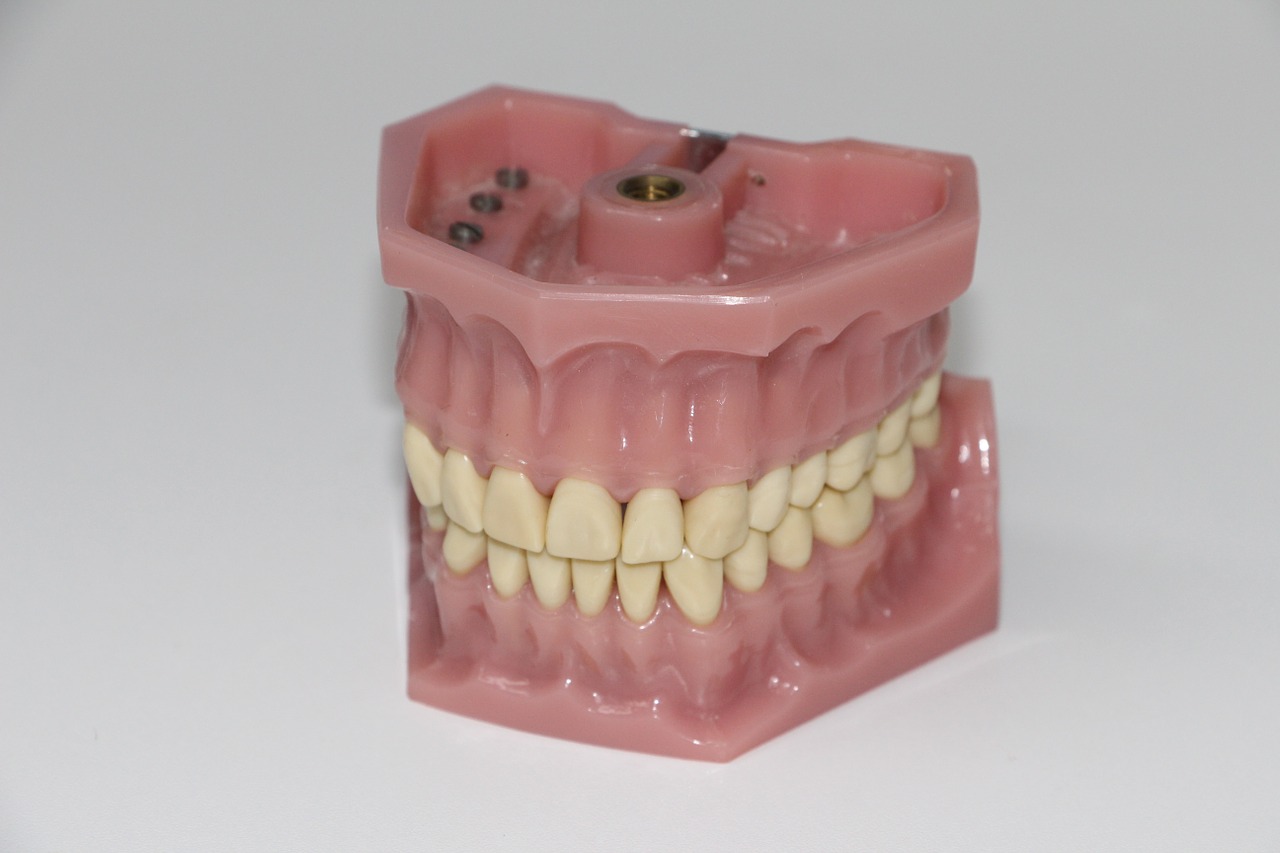Sick Building Syndrome
By Nicola Young, Director Whitespace Consultants.
Is your working day leaving you feeling under the weather? Maybe it’s not your workload that’s getting you down; it could actually be the building you work in that’s damaging your health! Workers can complain of headaches, sore throats, stuffy noses, feeling tired, nausea, eye or skin irritations etc… and you’d be forgiven if you associated these complaints with the common cold virus, I know I do! But studies by the HSE (Health and Safety Executive) have suggested that they are also indicators of a condition known as Sick Building Syndrome (SBS). SBS is not a recognised illness, it’s simply a term used to describe a series of symptoms that cannot be diagnosed precisely. It is however, a condition which can cause misery for workers and their employers due to an increase in absenteeism and poor performance in work.
Despite extensive research into the subject, the exact cause of Sick Building Syndrome is not known. However, it has been said that a number of factors can contribute to the symptoms:
Poor lighting
Poor ventilation/heating
Excessive noise levels
Poor staff morale
Dust and/or carpet fibres
Poor hygiene
Furniture
So, what steps can the employee and employer take to try and avoid this illness?
As an employee, small changes like opening windows to allow fresh air into your workplace, making sure that your desk and chair are suitable for the job you are doing (and for long periods of sitting) and ensuring good personal hygiene may help to reduce the symptoms. Some people also find keeping plants on or around their workspace can also help.
What can you do as an employer? I would suggest the following:
Ensure that the workplace has good lighting (a good mix between natural and artificial light is best)
Make sure all heating and ventilation systems are in good working order
Ensure all furniture is fit for purpose and comfortable
Examine the space requirements; do employees actually have enough room to do their jobs?
Check the general cleanliness of the office regularly
Communicate with staff
Consider appropriate office refurbishment programmes.
Employees need to remember is that it is unlikely that one of the above factors alone would cause Sick Building Syndrome, but a combination of them could contribute. If you are concerned that your working environment is affecting your health, speak to your colleagues see if they are experiencing the same symptoms. If it appears to be, or you believe it to be, a workplace issue then speak to Human Resources or your Health and Safety representative, your employer has a duty of care to investigate the problem.
You May Also Like

Finding the Right Home Accessories
May 23, 2013
The Role of Grab Hire in Modern Waste Management Solutions
November 14, 2024
